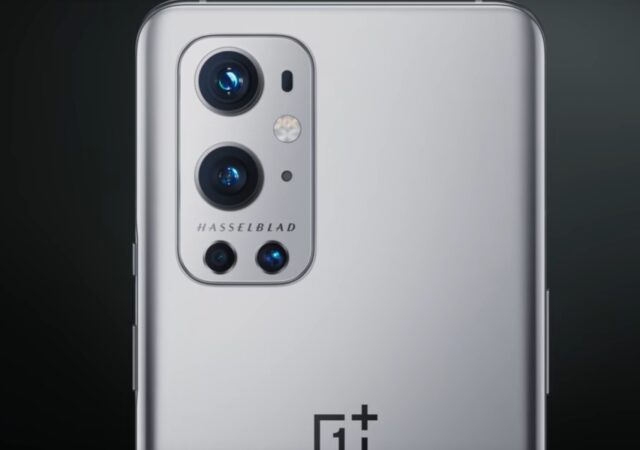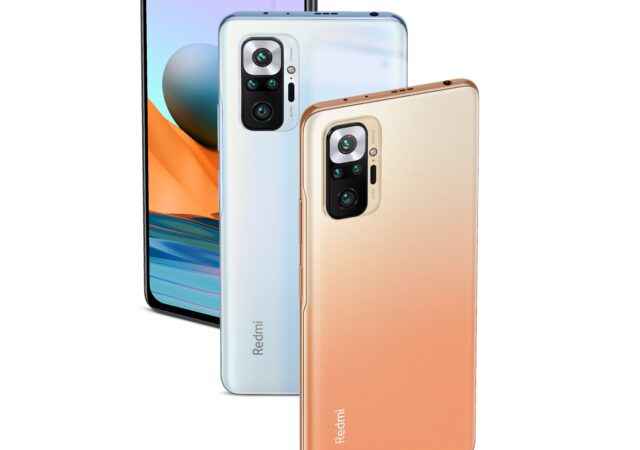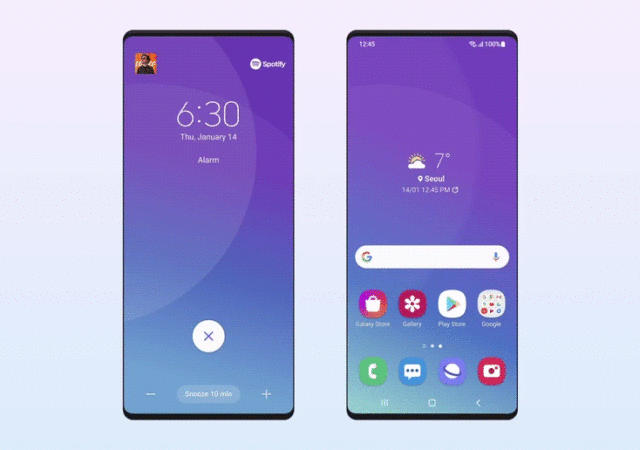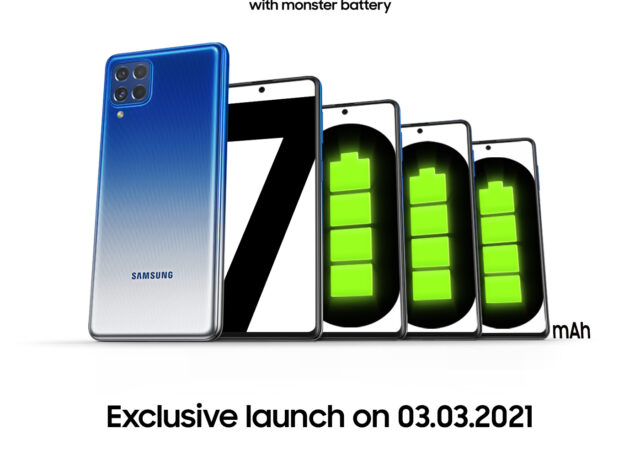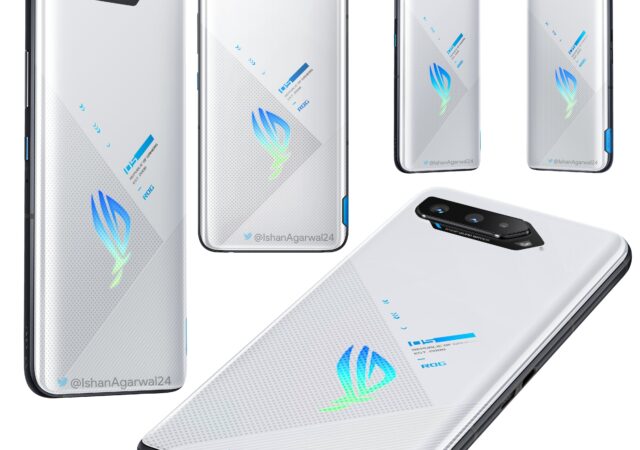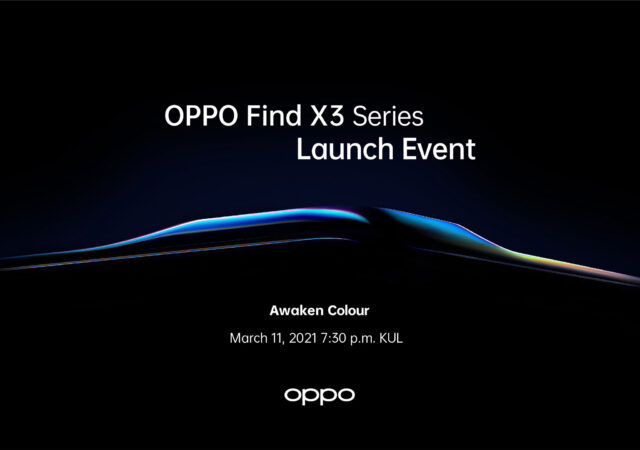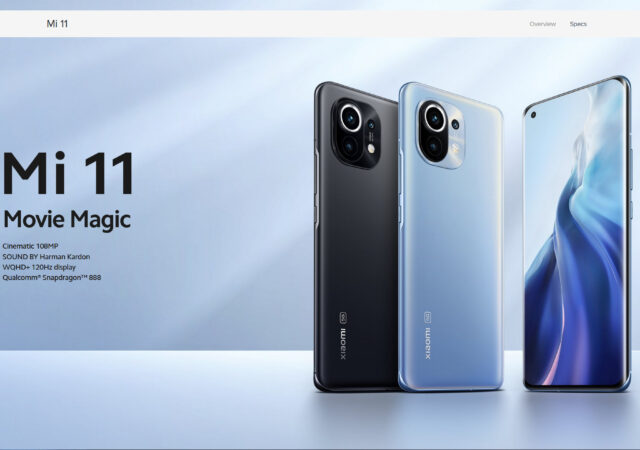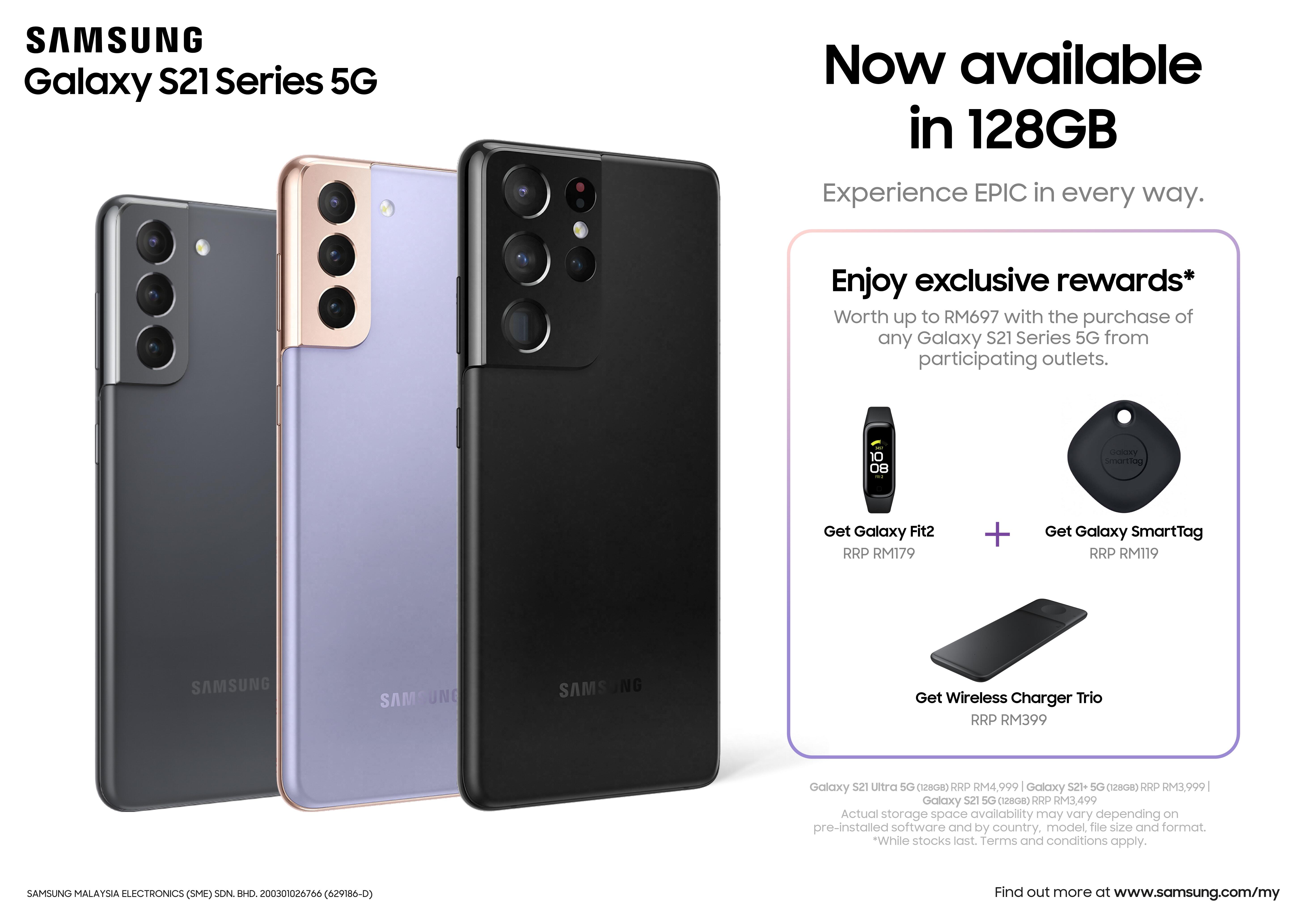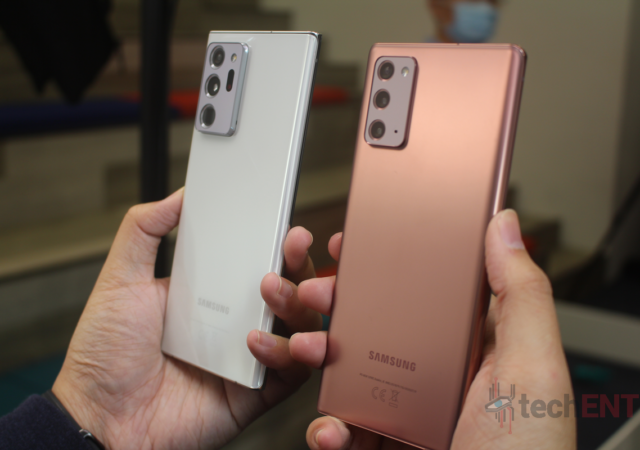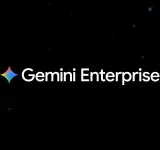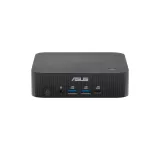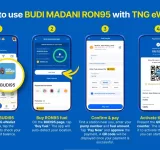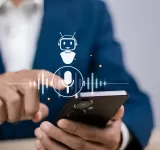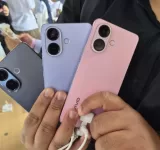UPDATE (11/03/21): OnePlus has confirmed that the OnePlus 9 will come with a Sony IMX766 50-Megapixel ultra-wide camera. They also say that the Ultra-Wide camera should deliver distortion free ultra-wide shots thanks to the free-form lens technology OnePlus 9 features.…
The Xiaomi Redmi Note 10 Series is Here for MYR 799!
Xiaomi launches the brand-new mid-range Redmi Note 10 series in Malaysia with prices starting from MYR 799 onward.
A Deep Dive into One UI’s Design
The designers at Samsung give us a look into the ethos of One UI’s latest update and how it will shape the user experience for Galaxy Devices.
Samsung Galaxy M62 Launches in Malaysia with 7,000 mAh Battery – Bigger is Better
Samsung launches the MYR 1,999 Galaxy M62 packing a monstrous 7,000mAh battery exclusively on Lazada on March 3, 2021.
ASUS ROG Phone 5: Everything You Need to Know
The ROG Phone 5 is about to launch on the 10th of March, here’s everything we know so far about the new gaming smartphone.
OPPO Find X3 Series Coming 11 March 2020
OPPO is launching their latest Find X3 Pro flagship with Qualcomm Snapdragon 888 SoC platform on the 11th March 2020.
Xiaomi Just Announced the Mi 11 – The Most Affordable Snapdragon 888 Flagship in Malaysia & Singapore Yet!
The Xiaomi Mi 11 is finally coming to Malaysia and Singapore in March 2021. It’s packing the powerful Snapdragon 888 processor and Xiaomi’s best camera yet.
Samsung Galaxy S21 Series Gets 128GB Version in Malaysia
A month after the introduction of their new flagship series: the Galaxy S21, Samsung is adding new options to their lineup. The Galaxy S21, S21+, and S21 Ultra are getting an additional 128GB version on top of the 256GB and…
Samsung Ups Its Commitment to Security with 4 Years of Support for Devices
Samsung commits to providing updates to their devices beyond Google’s Andorid OEM requirements.



